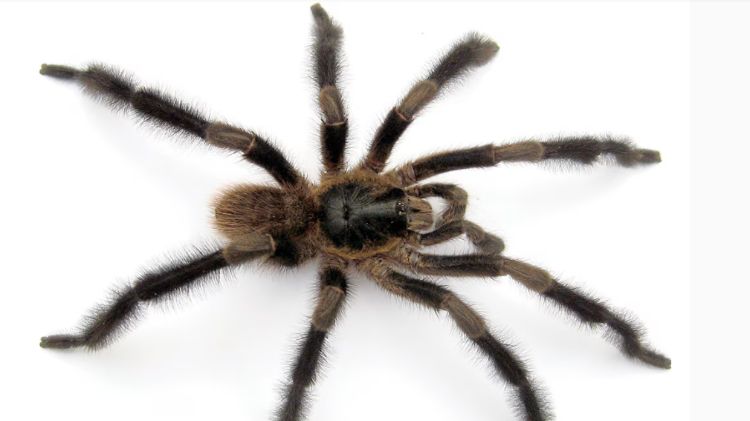AREQUIPA, Peru – A new species of tarantula, called Trichopelma grande, was discovered by a team of scientists in the depths of the Viñales National Park, located in the province of Pinar del Río, in western Cuba.
A report of the scientific magazine ZooKeys reports the discovery of the arachnid that has surprised experts due to its size and unique characteristics.
The tarantula identified on the Island becomes the largest of its genus, with adult males reaching up to 11.1 millimeters in shell length.
According to the discovery report, Trichopelma grande not only stands out for its dimensionsbut also for its hairy appearance and morphological peculiarities, such as the distribution of its hairs and the distinctive shape of its genitals.
Largest tarantula of the Trichopelmatinae species discovered in Cuba 🕷️
Trichopelma grande is particularly hairy with a feather-duster like appearance, a rare feature in burrowing species ⬇️https://t.co/HlYvDlyov4 pic.twitter.com/HPLMF7MyEN
— Taylor&Francis News (@tandfnewsroom) November 18, 2024
Likewise, scientists noted that this spider shows unique adaptations, including the construction of “trap” burrows for shelter.
The Island tarantula is considered a significant find due to its limited distribution and apparent scarcity, which could make it a species of conservation interest.
“The discovery of this species reinforces the importance of protecting Cuba’s unique ecosystems and highlights how much remains to be discovered in terms of biodiversity,” the report notes.
Currently, specialists are studying the behavior of the large Trichopelma, as well as its habitat and ecological role to develop strategies that ensure its protection.
Of the 22 species registered to date that are part of the Trichopelma genus, 11 of them are endemic to the Island.
The species was found in a protected area of the Viñales National Park, declared a World Heritage Site by UNESCO and where less than a year ago the skeleton of a marine saurian that lived between 130 and 145 million years ago was also discovered.
Cataloged as a candidate for “paleontological find of the century”, a state newspaper report Granma indicates that the discovery took place in a cave, when a 60-year-old resident identified as René Dopico chanced to see the figure of an animal in the rock.
“Although the research has barely begun, there is no doubt of the enormous value of the discovery of what, apparently, was an ichthyosaur between three and four meters long, from the Lower Cretaceous period,” the note states.
He doctor in Geological Sciences, Manuel Iturralde, asserts that there is consensus on the matter, and that the unknown lies in the type of ichthyosaur it would be.


















